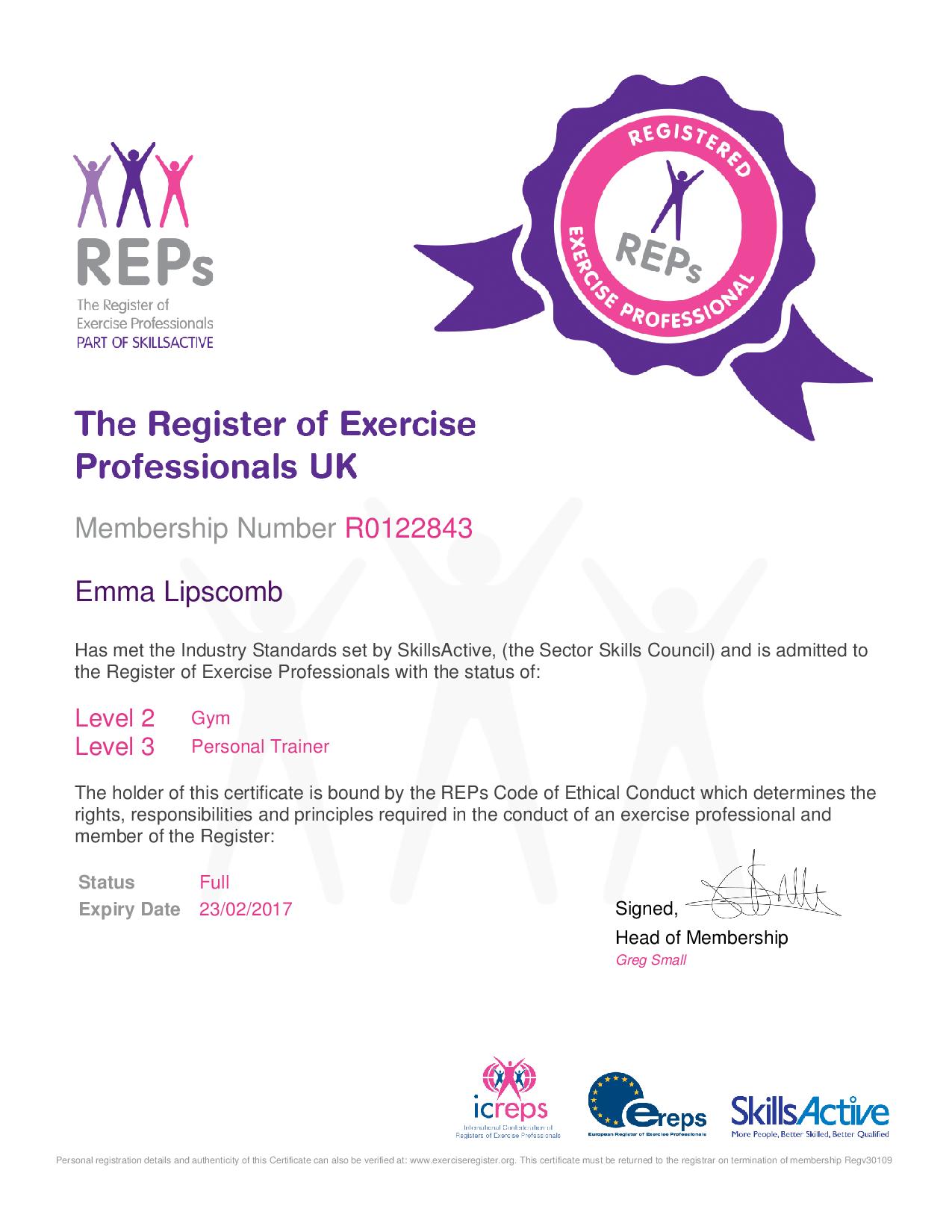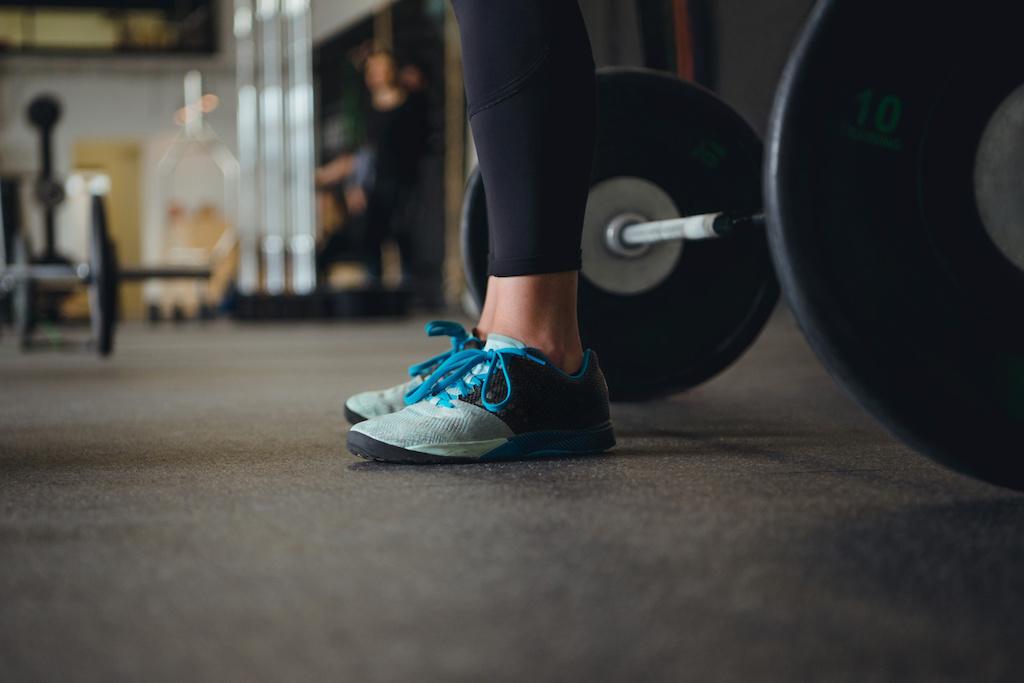
The benefits of working as a personal trainer in a group are numerous. Reaching a wider audience allows you to network with more people which can help you get more one-on-one clients. Those who have been skeptical about joining a group fitness class may love it so much that they'll sign up for more one-on-one sessions. Your fitness program can be both fun and rewarding.
Benefits of a group personal trainer
Group personal training can be a great way to benefit. First of all, it can be cheaper than working one-on-one. A second benefit is that you receive more attention from your coach. You can also get more energy from working out with people. Fourth, you can get a healthy dose of competition! It's human nature to want to give your all during a workout.
Additionally, group personal training can help you motivate yourself to reach your fitness goals. You can feel demotivated and lonely when working out by yourself. You may also find that you plateau after a period of time. If you are serious about achieving your goals, a group personal trainer can help you be more accountable.

Dangers of a group personal trainer
The risks inherent in the health- and fitness industry are high. Personal trainers should have policies and procedures that protect both customers and staff. A personal trainer should perform a thorough assessment of all customers, and they should stay informed about the health and fitness conditions of existing customers. Staff should be trained to recognize specific medical conditions.
Group fitness classes are fun and can be a great way to get a good workout. But, working out in a team environment has its disadvantages. Make sure you are aware of the benefits and make any necessary adjustments to your workout routine before signing up for a class. It is a good safety measure to wear earplugs if you are working out in a group.
A group personal trainer costs approximately $600
A personal trainer can give one-on-one training sessions or group coaching sessions. However, one-on-1 sessions are typically more expensive than groups sessions. However, they offer more personal attention. These sessions can be tailored to meet specific goals and needs, as well address injuries or personal nutrition. Group sessions are also an excellent way to bond with friends while working out, but they tend to have fewer personal touches.
Another benefit of group training is that it can potentially attract clients who otherwise wouldn't sign up for a personal training session. Clients might be shy, or hesitant, to work with someone unfamiliar. A smaller group can be a great way to reach potential clients who might not have the money to pay a personal trainer.

Marketing strategy for a group of personal trainers
Host group classes to market your services as a personal trainer. These sessions can range from HIIT classes to boot camps, and even from spin classes to circuit training. These group sessions can help to build a reputation, and even meet new clients. While word of mouth is still a powerful marketing tool, group sessions can help you get your name in front of potential clients.
You must consider your target market when developing a marketing plan to promote your group personal training business. A good marketing strategy will be a combination of online and offline marketing. This marketing strategy should focus on developing relationships with your target audience. It is also possible to promote your company using social media platforms.
FAQ
What if I am exercising and want to eat?
Yes. You can eat what you like while you work out. Choose low-calorie snacks like watermelon. These foods contain nutrients that help you perform better during workouts.
Why is it important for you to get enough rest?
Sleep is essential for maintaining a healthy lifestyle. Your body can repair itself and recover from everyday stresses by getting enough sleep. You can function at your best throughout the day if you get enough sleep each night.
What does nutrition do for your body?
Your body functions properly when you have the right nutrition. A balanced diet that includes plenty of fruits, vegetables, lean protein, whole grains, healthy fats, and lean proteins is the best way to ensure you get adequate nutrition.
Statistics
- An estimated 110,000 deaths per year could be prevented (cdc.gov)
- Globally, 81% of adolescents aged 11-17 years were insufficiently physically active in 2016. (who.int)
- In high-income countries, 26% of men and 35% of women were insufficiently physically active, as compared to 12% of men and 24% of women in low-income countries. (who.int)
- Physical activity confers the following maternal and fetal health benefits: a decreased risk of pre-eclampsia, gestational hypertension, gestational diabetes (for example, 30% reduction in risk) (who.int)
External Links
How To
How to stay fit at 40
This article guides those who want to keep their body healthy and strong even at 40 years old. It covers some basic advice on how to eat right, exercise, sleep well and take care of your mental health. This article provides tips to help you live longer and be healthier.
-
Eat right - It is important to eat the right food when you are trying to lose weight. You should try to avoid processed food products and opt for whole grains, fruits, vegetables, lean meats, fish, nuts, seeds, and beans. If you don't like what you're eating, just add something else to your diet. Do not starve yourself, this will not help with weight loss. Instead, try adding small amounts to your daily meals. If you normally only eat chicken breasts, you might consider adding turkey to your weekly meals. If you are a fan of pasta, rice is a good option. These foods should be a part of your daily life.
-
Exercise - When exercising, make sure you work out at least three times a week. Include cardio activities like running, swimming, biking and dancing. Make sure to get enough rest. Aim to sleep 8 hours per night. In addition, make sure you drink plenty of water during the day. Drink 2 liters (0.5 gallon) of water each day.
-
Sleep well - A good night's sleep is key to staying healthy. According to the National Sleep Foundation, adults require 7-8 hours of sleep daily to maintain optimal physical and emotional health. However, most people average less than 6 hours of sleep per night. Changes in your sleeping habits can make you more tired. It is possible to catch up by making adjustments to your sleep schedule, such as waking up earlier or going to bed later. To help you relax and wind down, turn off your phone before you go to bed. Avoid caffeine after noon. It can cause insomnia.
-
Take care of your mental health - It is essential to take good care of your mind in order to keep your body healthy. Stress can lead people to have poor eating habits or make poor lifestyle choices. Therefore, it's important to make sure that you practice stress management techniques such as meditation, yoga, breathing exercises, and relaxation techniques. Try to spend one hour of your free time doing something enjoyable. This could be taking a stroll outside, reading a book or listening to music.
The four above points will make you live longer and more healthy. These four steps can help you achieve your fitness and health goals.